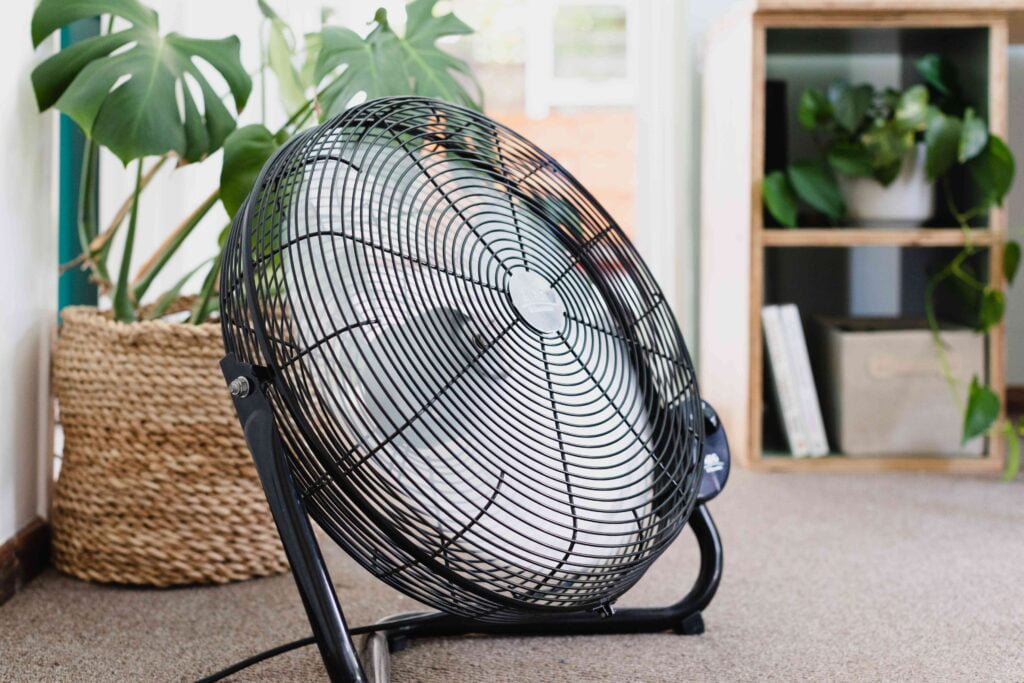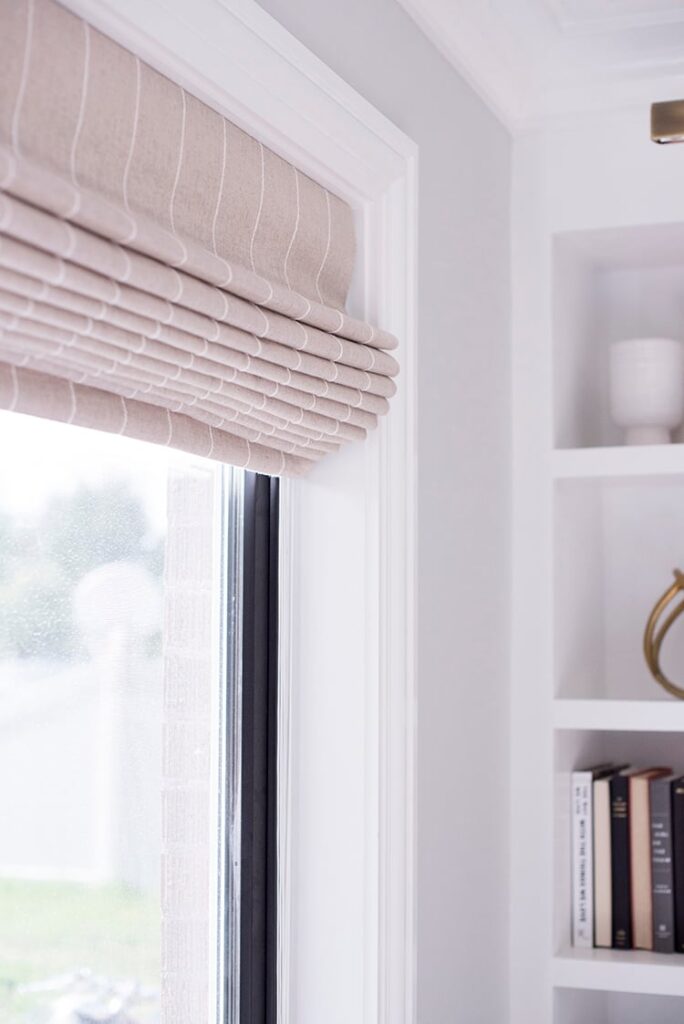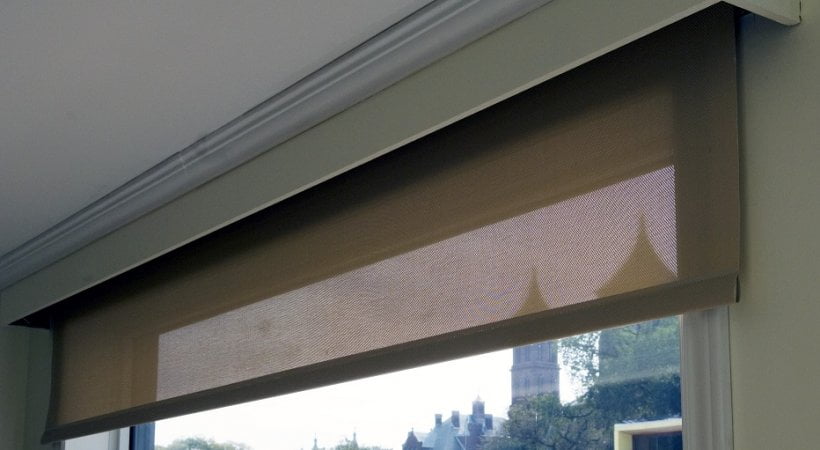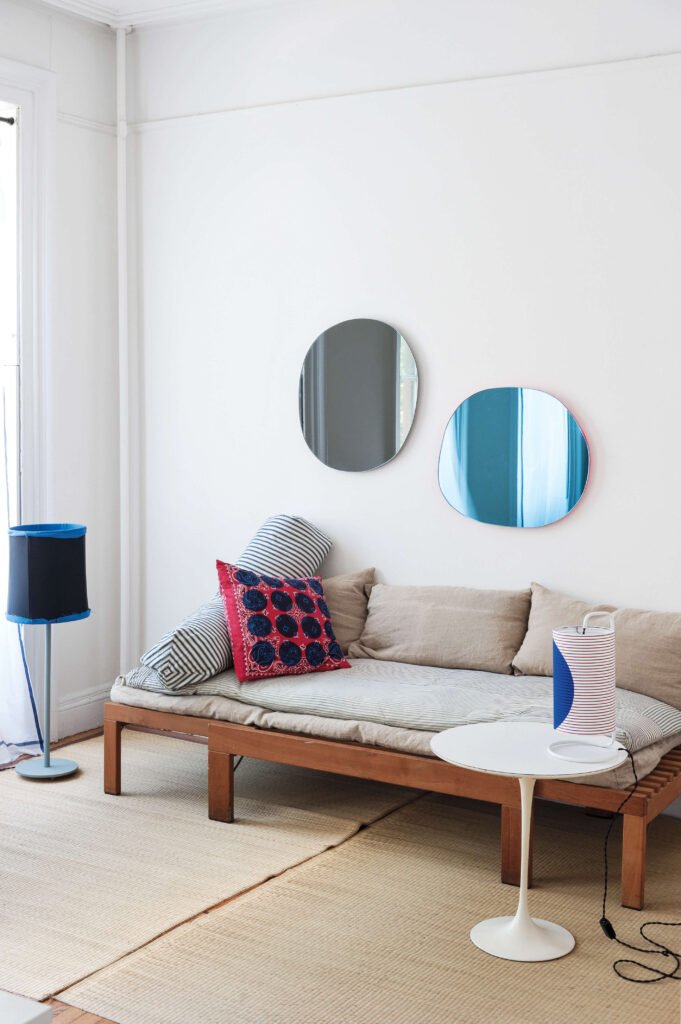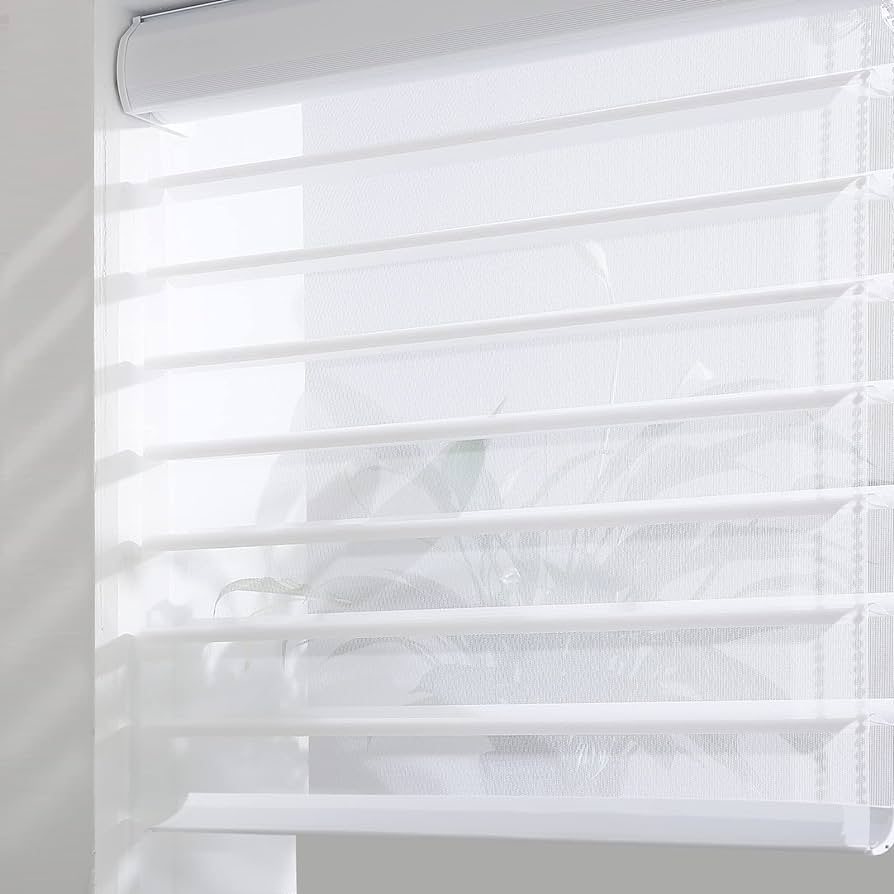8 Tricks for Keeping Cool in Summer : Beat the Heat with These Secrets
8 Tricks for Keeping Cool in Summer: Stay hydrated, use fans and AC, wear lightweight clothing, avoid peak sun hours, take cold showers, eat refreshing foods, stay in shaded areas, and use cooling towels when necessary. Summertime means longer days, sun-kissed skin, and lazy afternoons spent outdoors. However, as temperatures rise, it can become challenging to beat the heat and stay cool. Whether you’re planning a beach vacation or simply trying to survive the scorching days, it’s essential to arm yourself with tricks to keep cool. From staying hydrated to utilizing smart clothing choices, there are various ways to navigate through the summer heat. We’ll explore eight simple yet effective techniques that will help you stay refreshed, comfortable, and cool during the hottest months of the year. So, let’s dive in and discover these handy tricks for keeping cool in summer. Air Conditioning: The Ultimate Cooling Solution When the scorching heat of summer hits, finding relief becomes a top priority. While there are various ways to keep cool, nothing beats the refreshing blast of air conditioning. With its ability to create a soothing oasis of coolness, air conditioning has become the ultimate cooling solution for those sweltering days. In this section, we will explore the importance of air conditioning in beating the summer heat, how to choose the right type of air conditioner for your needs, and essential tips for maintaining and optimizing your cooling unit. Importance Of Air Conditioning In Beating The Summer Heat When temperatures soar, the importance of air conditioning cannot be overstated. Air conditioners not only provide relief from the oppressive heat but also help improve indoor air quality. By filtering out pollutants, allergens, and dust particles, air conditioning creates a comfortable and healthy environment for you and your loved ones. Additionally, air conditioners regulate humidity levels, preventing the growth of mold and mildew, which can have a detrimental effect on both your health and home. Choosing The Right Type Of Air Conditioner For Your Needs Before investing in an air conditioner, it’s crucial to choose the right type that fits your requirements. Factors such as the size of the room, your cooling needs, and energy efficiency should be considered. Here are the most commonly used types of air conditioners: Type Description Window Air Conditioners These units are easy to install, especially in rooms with windows. They are suitable for cooling single rooms. Split Air Conditioners Split air conditioners consist of two units: one installed indoors and the other outdoors. They are ideal for cooling multiple rooms. Portable Air Conditioners Portable air conditioners offer flexibility as they can be moved from room to room. They require minimal installation. Ducted Air Conditioners Designed for whole-house cooling, ducted air conditioners cool the entire home through a network of ducts. Tips For Maintaining And Optimizing Your Air Conditioning Unit To ensure your air conditioning unit works optimally and lasts for years, proper maintenance is crucial. Follow these essential tips: Regularly clean or replace the air filter to improve airflow and efficiency. Keep the outdoor unit free from debris, ensuring proper airflow and preventing damage. Set the thermostat to a moderate temperature to conserve energy. Consider installing a programmable thermostat to save even more on energy costs. Regularly check and clean the evaporator and condenser coils for optimal cooling capacity. Ensure all vents and air ducts are clean and unblocked for efficient airflow. Schedule annual inspections and maintenance by a professional HVAC technician. During periods of non-use, cover the unit to protect it from the elements. By following these simple maintenance and optimization tips, you can prolong the lifespan of your air conditioning unit while enjoying consistent cooling throughout the summer months. Cold Treats: Satisfy Your Cravings And Stay Cool When the scorching heat of summer arrives, there’s one thing that can provide instant relief – cold treats! Not only do these refreshing delights help beat the heat, but they also satisfy your cravings for something sweet and icy. In this blog post, we explore the world of delectable cold treats that will keep you cool and leave you wanting more. From popular options available in stores to homemade recipes you can whip up in your kitchen, we’ve got you covered. So, get ready to indulge in a frozen paradise! The Refreshing Power Of Cold Treats During Summer Nothing compares to the magical sensation of cooling down with a scrumptious cold treat on a hot summer day. These frozen delights not only offer a temporary escape from the blazing sun but also provide a burst of rejuvenation. Whether it’s a simple ice cream cone, a fruity popsicle, or a tangy sorbet, the chilling effect of cold treats can instantly bring respite to your body and mind. Say goodbye to sweaty afternoons and hello to a delightful way of beating the heat! Popular Cold Treat Options To Beat The Heat When it comes to cooling down in summer, a plethora of delicious and popular cold treats await you. These frosty delights can be found in various forms and flavors, ensuring there’s something for everyone. From classic choices like ice cream, frozen yogurt, and gelato to trendy treats like rolled ice cream and bubble tea, the options are endless. Don’t forget about refreshing Italian granitas, smooth and creamy milkshakes, and exotic shaved ice desserts with a twist. With so many choices available, staying cool has never been so delicious! Homemade Recipes For Delicious And Cooling Treats If you want to take your cold treat experience to the next level, try whipping up your own homemade delights. Not only can you customize the flavors and ingredients, but it’s also a fun activity that the whole family can enjoy. From a refreshing watermelon slushie to a creamy homemade popsicle made with fresh fruit, the possibilities are endless. With a little creativity and a handful of simple ingredients, you can create mouthwatering treats that will keep you cool and satisfied all summer long. Here are a few easy-to-follow recipes that you can try: Refreshing
8 Tricks for Keeping Cool in Summer : Beat the Heat with These Secrets Read More »



